6 Effective Blog Post Formats for Different Niches
You've heard it before: content is king. And it's true. The right content can help you reach your target audience, establish your brand, and even boost your bottom line. But what if you are tired of creating the same types of blog posts over and over again?
The blog post formats can significantly impact how readers engage with your message. But don't worry! In this article, we will discuss different types of blog post templates and examples to create and keep things interesting for you and your readers.
Here are six blog post formats that work well across different niches.
WP Meta SEO gives you the control over all your SEO optimization. Bulk SEO content and image SEO, on page content check, 404 and redirect.
Table of content
1. How-To Guides or A Step by Step Tutorial
This post format is one of the best types for any niche or industry such as DIY (Do It Your Self), technology, education, health, or finance. These formats are straightforward, easy to follow, and often include images or videos to enhance clarity.
To come up with a tutorial topic, think of your audience's biggest problems. Then teach them how to solve them step-by-step. For example, a hosting blog might create a post titled "How to Create SEO-Friendly Content".
Tips for Success:
- Use numbered steps to improve readability.
- Add visuals such as infographics or screenshots.
- Make the most practical with examples and real-world applications.
2. Listicles
A listicle is a blog post that uses a list as its main structure. It's a highly popular format because they are a great way to share information in a concise and easy-to-read format.
They offer readers bite-sized information grouped into lists, such as "10 Easy to Create Websites", listicles are perfect for delivering quick insight and keeping readers engaged.
Tips for Success:
- Keep the list length manageable (between 5 and 15 items).
- Use subheadings and bullet points for easy navigation.
- Use proper keyword research.
- Include external links or product recommendations when relevant.
3. Product Reviews and Comparisons
Next, a review blog post that includes a review of a product, service, or experience. The purpose is to provide the reader with an honest and unbiased evaluation of the thing being reviewed, along with any relevant information about it.
In addition, product reviews help readers make informed purchasing decisions. It's perfect for products in tech, beauty, fashion industry, and e-commerce blogs. For example, a tech blog may compare the latest smartphones with a post titled "iPhone vs. Samsung Galaxy: Which One Should You Buy?"
Tips for Success:
- Be transparent about affiliate links and sponsorships.
- Include pros and cons to maintain trust.
- Add photos or videos demonstrating the product's performance.
4. Interviews and Expert Opinions
You can also come up with a post that covers what people are saying, like an expert opinion. It is suitable for business, health, and personal development niches, where readers seek expert advice. Choose a topic that your audience can relate to. This format will help build your blog's credibility by using insights from industry leaders.
Tips for Success:
- Identify experts in your niche that you'd like to interview.
- Prepare and decide on the questions you'd like to send them.
- Send outreach emails inviting them to interview.
- Send them your questions or arrange a call.
- Write your post using their answers.
- Use quotes and paraphrasing to keep the content engaging.
- Include a call to action, encouraging readers to comment or ask questions.
5. Case Studies and Success Stories
Storytelling is powerful in content marketing. That's why, case studies are a great choice to write for your next blog post. This template provides an in-depth analysis of real-world scenarios, showing how specific strategies or actions led to success.
Also, you can write a case study about yourself or someone else with certain topics like marketing, health, and coaching blogs.
Tips for Success:
- Use data and metrics to validate your claims.
- Break the case study into sections: Problem, Solution, and Results.
- Make the story relatable to your target audience.
6. Compare Myths Versus Facts
This format is quite popular and addresses common misconceptions in a particular field by providing readers with factual, evidence-based information.
You can start by making a list of common false beliefs in your niche. Tell your readers about how they can mislead or fool people to do the opposite of what they should actually do. Make sure you do your research and are confident about the facts!
Tips for Success:
- Do research thoroughly.
- Use data or research to support your argument.
- Maintain a neutral tone.
- Link to external and credible sources.
- Encourage readers to share their thoughts in the comments.
WP Meta SEO gives you the control over all your SEO optimization. Bulk SEO content and image SEO, on page content check, 404 and redirect.
Conclusion
That's a blog post example that you can use to keep your audience engaged and convey your message effectively. Using these six formats, allows you to know more about the audience's preferences, boost engagement, and grow their online presence.
So, which one are you interested to try? Choose your format wisely!
When you subscribe to the blog, we will send you an e-mail when there are new updates on the site so you wouldn't miss them.

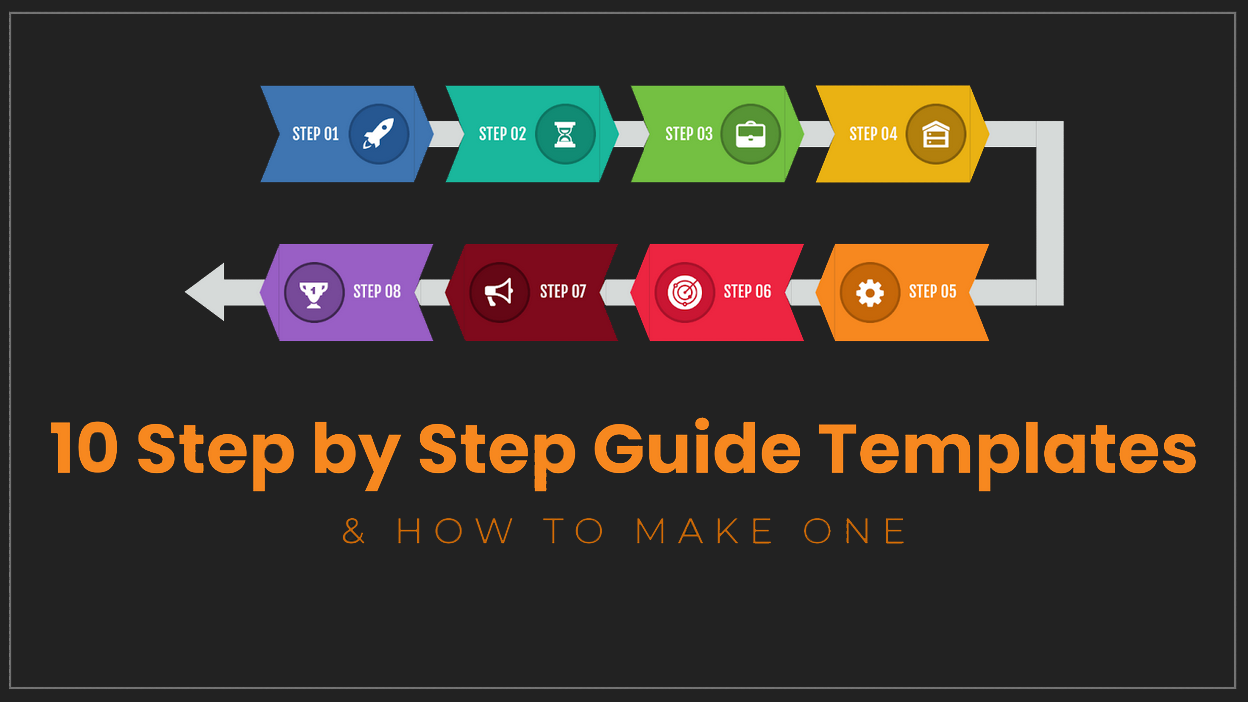
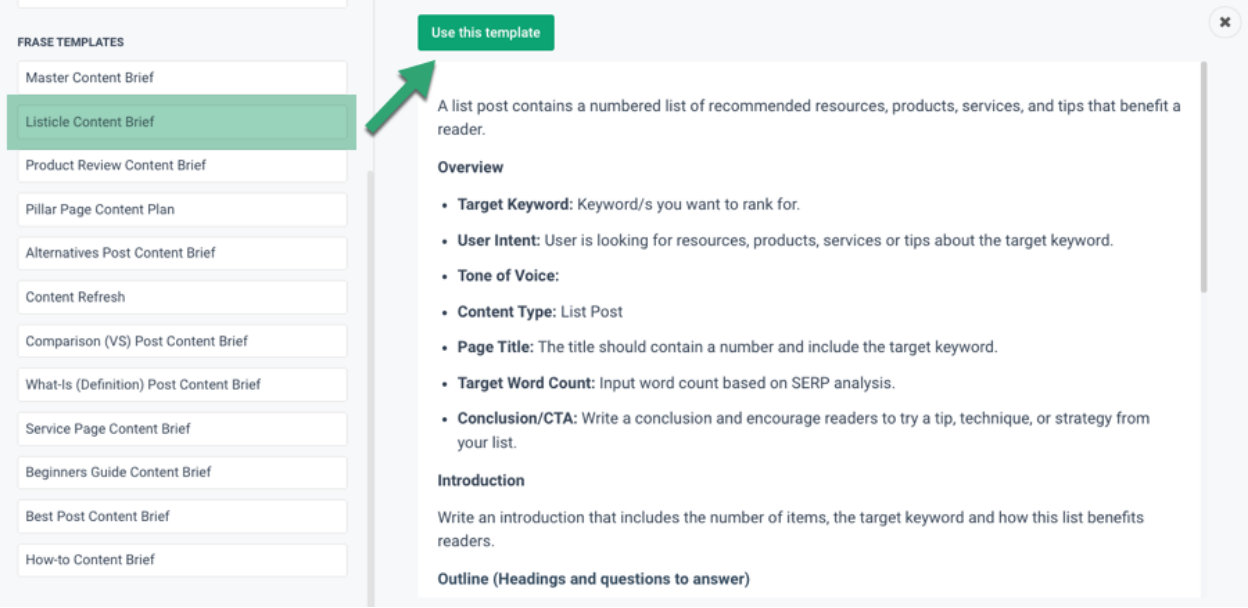
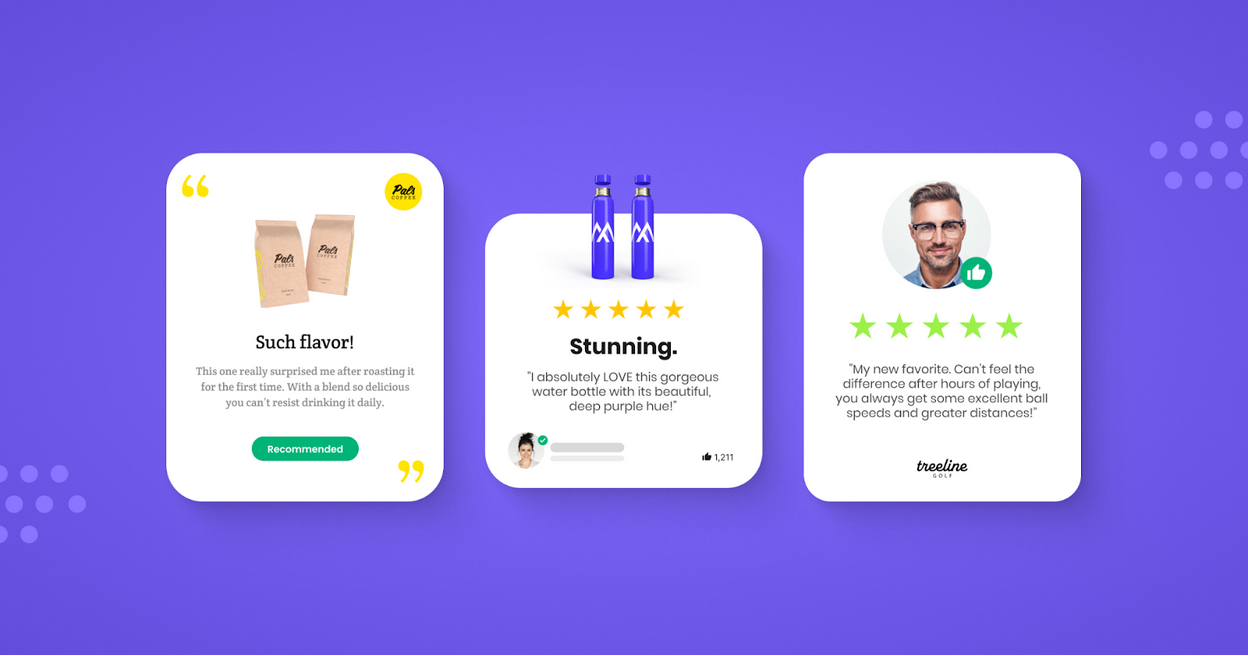

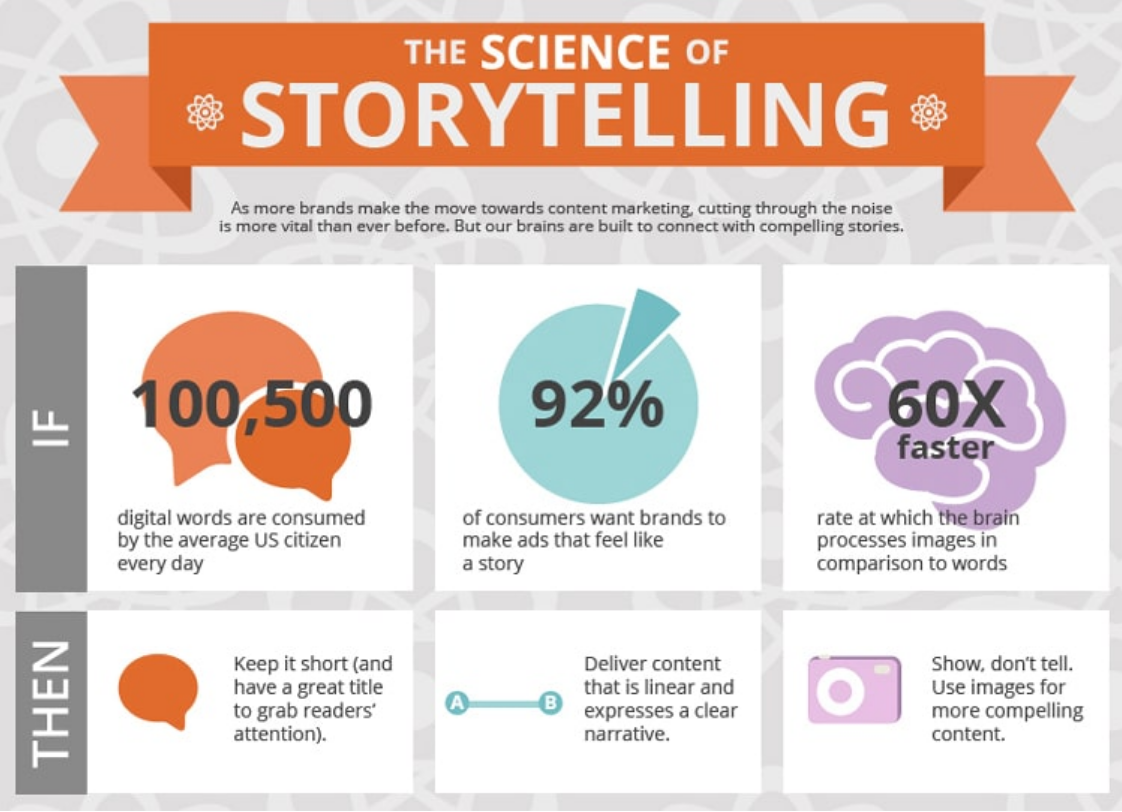
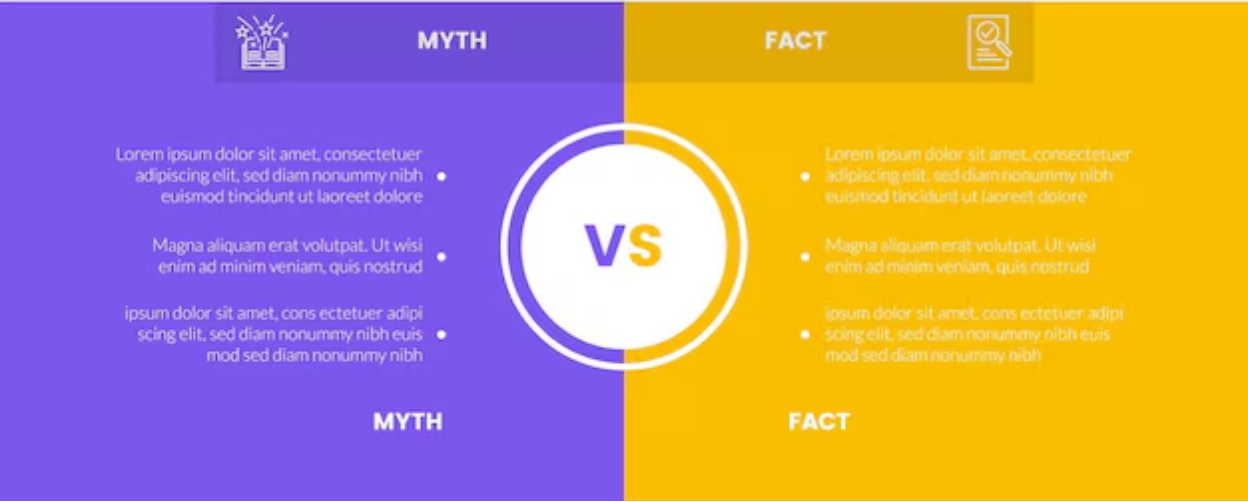

Comments